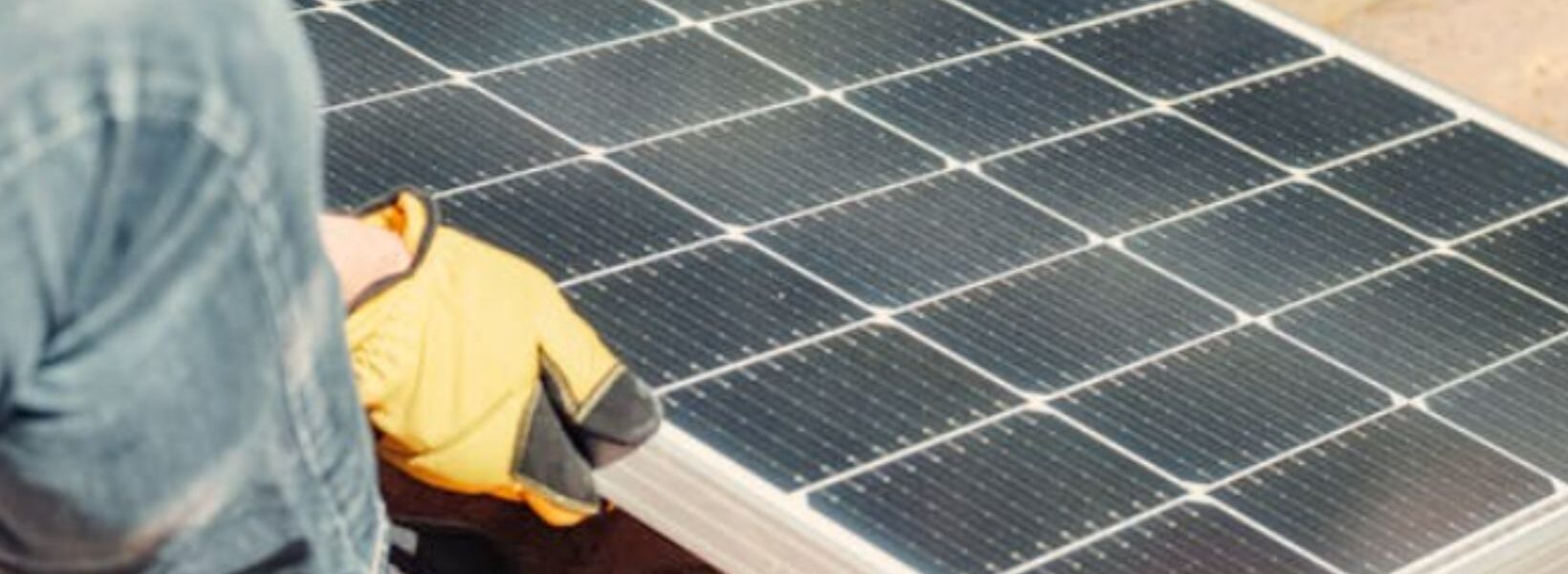A Comprehensive Guide to Checking Solar Panel Performance and Efficiency
Ready to explore the world of solar panels? Let’s explore how you can ensure your solar setup works at its best so you can get the most out of every sunny day.
Why Monitor Solar Panel Performance?
Think about it: the better your panels work, the more energy you get, and the lower your bills are. Monitoring performance means maximizing energy output and keeping costs down, whether you’re trying to slash your home energy bills or hit sustainability targets for your business.
What’s Up with Solar Panel Efficiency?
Understanding Efficiency: Solar panel efficiency is how well your panel converts sunlight to electricity. It’s given as a percentage, and higher numbers mean better performance. This efficiency is measured under perfect conditions (like 25°C with 1000 watts of sunlight per square meter hitting the panel).
What Affects Efficiency:
- Types of Panels: You’ve got monocrystalline (high efficiency, high cost), polycrystalline (good balance), and PERC (enhanced light capture).
- Environmental Factors: Panels don’t like it too hot, and neither do they like being shaded or facing the wrong way. Cool and sunny spots facing the right direction are best.
For a deeper dive into ensuring your solar panels are operating optimally, consider reading checking solar panel performance: a comprehensive guide, which offers extensive information and tips.
Tools You’ll Need to Check Your Panels
(source: Pexels)
To keep your solar panels smiling, grab these gadgets:
- Multimeter: It’s like a doctor’s stethoscope for your panels.
- Solar Irradiance Meter: This tells you how much sun your panels are catching.
- Thermal Imaging Camera: This is used to spot problems that aren’t visible to the naked eye.
Testing Your Panels: A Step-by-Step Guide
Kicking off your solar panel check-up starts with some visual inspections. Take a good look for any cracks or dirt that might be cramping your panels’ style. And don’t overlook the wiring—make sure everything’s tight because loose wires mean you’re just spilling electricity.

Next up, grab your trusty multimeter to test the open-circuit voltage and short-circuit current to get the lowdown on your panels’ health. Are they fit as a fiddle, or do they need a bit of a boost?
Finally, bring out the thermal imaging camera. It’s your go-to tool for spotting any hot spots on the panels that might be overheating. This step is crucial because it helps you tackle small issues before they morph into wallet-draining problems.
Making Sense of What You Find.
Let’s break down what you find from your solar panel checks. First, knowing the usual voltage and current your panels should be hitting is crucial. If the numbers seem weird, you could deal with shade from that big oak in your yard or general wear and tear. Next, look at the power output. Match up what you’re getting with what you expect, remembering that weather and seasons play a big role in solar efficiency—summer sun versus winter light, you know? Lastly, those thermal images are super handy. They highlight hot spots where your panels might be overheating, a sign that something’s wrong. Keep an eye on these indicators to keep your system running smoothly.
Fixing Common Problems
- Faulty Panels: If a panel’s output lags behind others or looks damaged, it might need to be replaced.
- Wiring Issues: Keep an eye on your wiring. Problems here can lead to big efficiency losses.

- Inverter Glitches: The inverter is key since it turns solar power into usable electricity. Keep it in good shape to avoid disruptions.
Keeping Your Panels in Tip-Top Shape
- Regular Cleaning: Dirt and debris can block sunlight. Keeping panels clean is a must.
- Smart Installation: Make sure your panels are tilted and oriented correctly. Avoid shading from trees and buildings whenever possible.
Wrapping Up
Monitoring and maintaining your solar panels isn’t just about saving money—it’s about making the most of your investment in clean energy. Regular checks and smart maintenance can help you tap into the sun’s full potential, whether you’re powering a home or a business.
And there you have it—a straightforward guide to keeping your solar panels in prime condition. Here’s to many sunny days ahead, powering your world more efficiently!





